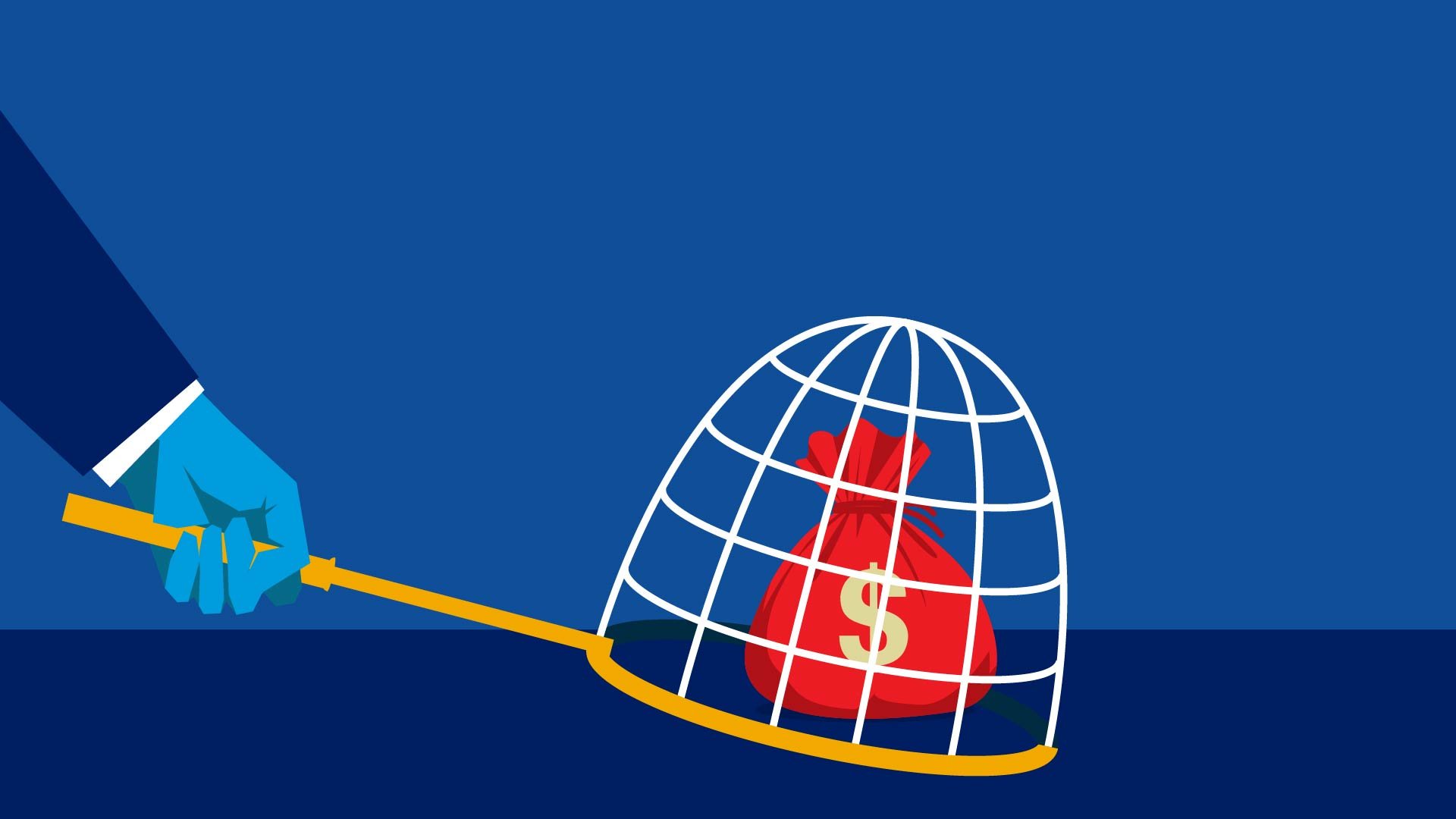By Garan Ho/mqvist
Crime is an increasingly worrying social phenomenon in the developing world in general and in Latin America in particular. As shown in Figure 1~, the crime rate (measured by homicide lOO 000, as reported to the UN crime surveys by national police authorities) has virtually exploded since the mid-1980s in Latin America, Sub-Saharan Africa, and Eastern Europe. Latin America stands out as an exceptional case. Annually in Latin America, approximately 140,000 people are murdered (Londono & Guerrero 1999:27). Using other sources does not change this picture. Figure 2 confirms the exceptional position of Latin America, where the source in mortality statistics is collected from national health authorities instead of the police. Indicators of crime other than homicide are less reliable for international comparison, but estimates point in the direction of Latin America being way above the average for any other region of the world (Bourguignon 1999, Table 1). It has been estimated that 28 million Latin American families are victims of theft or robbery every year (Londono & Guerrero 1999:3). Crime and violence are now viewed as a development issue of importance, which was probably not the case two decades ago. Development agencies such as the World Bank and Inter-American Development Bank (IDB) have quite recently initiated ambitious research projects on crime and violence. Projects directed to the judicial system or police authorities have increased their share in the project portfolio of multilateral as well as bilateral development cooperation agencies. More importantly, crime is becoming a major concern in the daily lives of an increasing number of citizens in the developing world, manifesting itself in national political agendas, in higher crime-related expenditures, and, not the least, in human suffering. There are several reasons to regard crime as a social phenomenon with strong and complex ties to the development process in general. In Latin America, crime is a potential threat to what most people would regard as encouraging development trends, especially after ''the lost decade" of the 1980s, in terms of democratization and resumed growth. The following examples may illustrate how continuous progress in these areas is being made more difficult by the increasing crime levels:
Iberoamericana. Nordic Journal of Latin American and Caribbean Studies Vol. XXX: 2 2000,pp. 23-53




